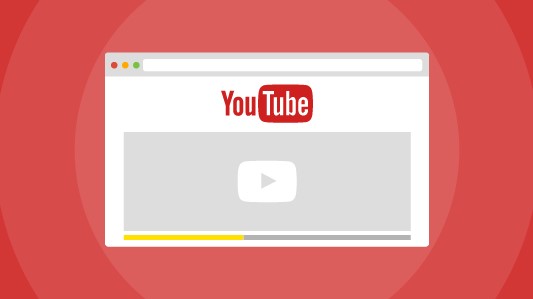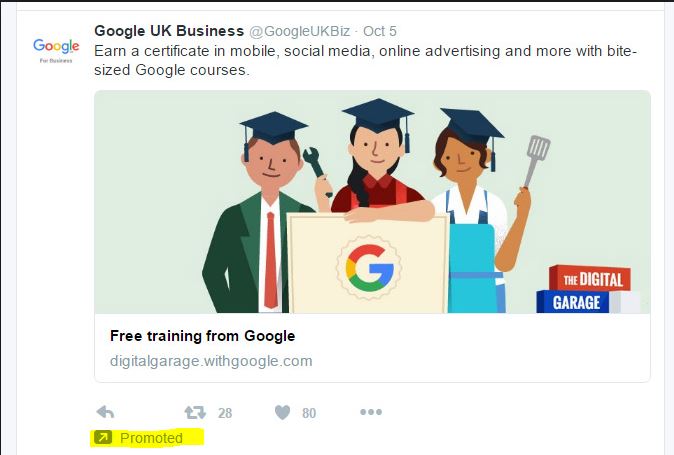Social media advertising options for local businesses
Facebook adverts
Facebook adverts show up in the user’s News Feed, and the adverts can feature photos or videos. You can also display your content in the format of a carousel, slideshow or canvas. Here’s a breakdown of all three:
- The carousel format lets you display up to 10 images or videos in one advert, which users can swipe or click through.
- The slideshow format looks like a video, but displays a series of still images to make the advert load faster.
- Canvas combines videos and images that people can swipe through and even zoom in on.

YouTube adverts
On YouTube, South African advertisers can choose between the platform’s ‘TrueView’ in-stream advertising and video discovery advertising, which was previously known as in-display advertising. Here’s a breakdown of in-stream and video discovery adverts:
- In-stream adverts run before YouTube videos and can be skipped by the user after five seconds.
- Video discovery adverts display as a thumbnail and text in YouTube’s search results or in various spots on a page that display a video. At times, these adverts can also appear on the YouTube homepage.

Twitter adverts
Twitter’s advertising options include ‘Promoted Tweets’, ‘Promoted Accounts’, ‘Promoted Trends’ and ‘First View’.
Promoted Tweets and Accounts function in a similar way to organic tweets. The difference is that users searching for content relevant to your advert will see your tweet or account at the top of the search results they receive. They can show up in users’ timelines and relevant user profiles. Promoted Accounts can also display in the ‘Who To Follow’ section.
You can see Promoted Trends at the top of the ‘Trending Topics’ list. They can also show in a user’s timeline. First View places your advert in the top advert slot of the timeline users see when they first visit the Twitter app or log in to the website.

How does the pricing of social media advertising work?
There are two things to understand when it comes to social media advert costs:
- What the advertiser is charged for
- How social media networks decide on the price
What advertisers are charged for:
Most of the time, advertisers only pay for the views, clicks or other actions that users complete when they see an advert.
Social media networks allow advertisers to create advertising campaigns on their platforms. When advertisers set up their campaigns, they have to choose what they want users to do when they see their advert. Some marketers want users to click on the advert, while others want people to watch a video. They are only charged for each of the actions a user performs.
Some platforms, however, charge advertisers for simply running the advert, regardless of how many ‘likes’ or ‘clicks’ the advert gets. You’ll have to do your research on each platform’s advertising policy to uncover the finer details.
How social media adverts are priced
Many social networks rely on ad auctions to determine what an advertiser will pay for a click, ‘view’ or other action. The cost of actions can be influenced by other advertisers in the auction.
These auctions happen each time before a user sees an advert on a social media platform. In each of these auctions, the social network’s auction system weighs up a number of adverts from various advertisers before one is chosen and displayed to the user.
Advertisers can choose to bid automatically or manually. With manual bidding, which is also called maximum bidding, an advertiser selects how much they are willing to pay for each user action.
When the advertiser wins in the auction, they don’t always have to pay the amount they set manually. Instead, they only pay slightly more than the bid that came second in the auction, which, in Twitter’s case, is one penny above the second place advertiser’s bid. This is called a ‘second-price auction’. Twitter sells adverts in second-price auctions, with YouTube also providing this option.
On Facebook, adverts win auctions based on their highest total value. This is a combination of the advertiser’s bid, the quality and relevance of adverts as well as the estimated action rate of the audience.
Getting started
Check out the advertising tools that each social media network offers to help you set up your adverts.
Facebook offers
Adverts Manager,
Power Editor and the
Ads Create Tool. Before you start, read the platform’s advertising policies. With these advertising tools, you will set the objective of your campaign, your target audience, budget and schedule. After that, you can create or upload your content.
YouTube adverts are set up through
Google AdWords. According to
Google, you will be asked to select a campaign subtype and then the video you want to promote. Then you’ll choose your advert format, and set your budget and target audience. You’ll also be able to add text and choose a still image that will display as a thumbnail for your video.
With
Twitter Ads, you’ll select your campaign type and define your audience. After that, you have to set a budget and either select existing tweets to promote or create new ones. You can view activity and insights on Twitter’s Ad analytics dashboard.